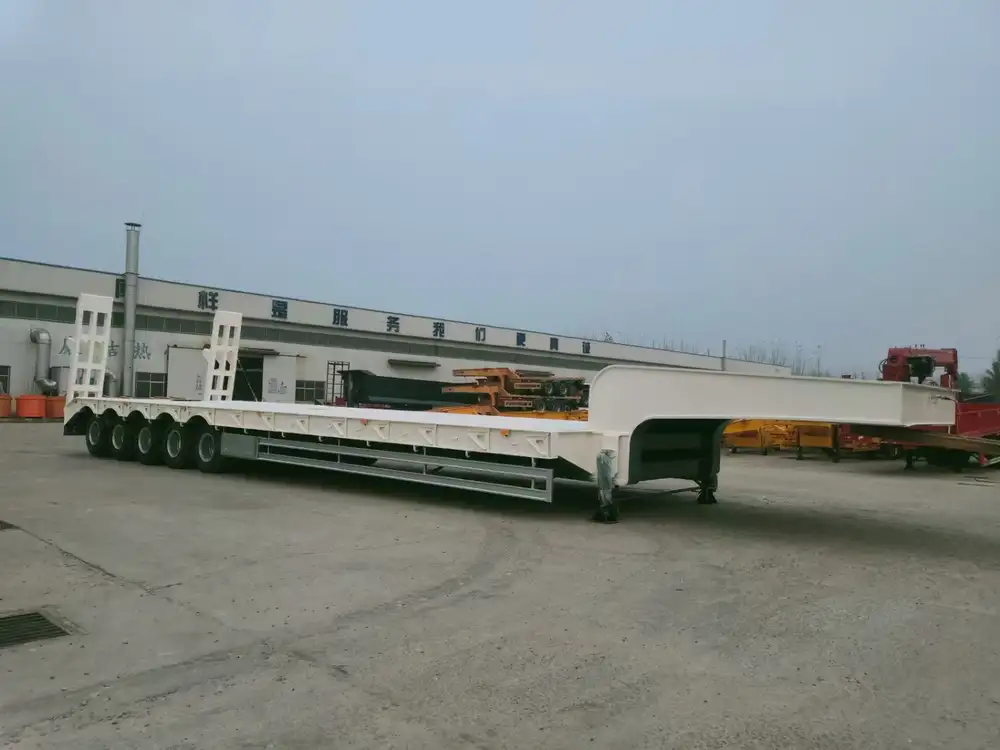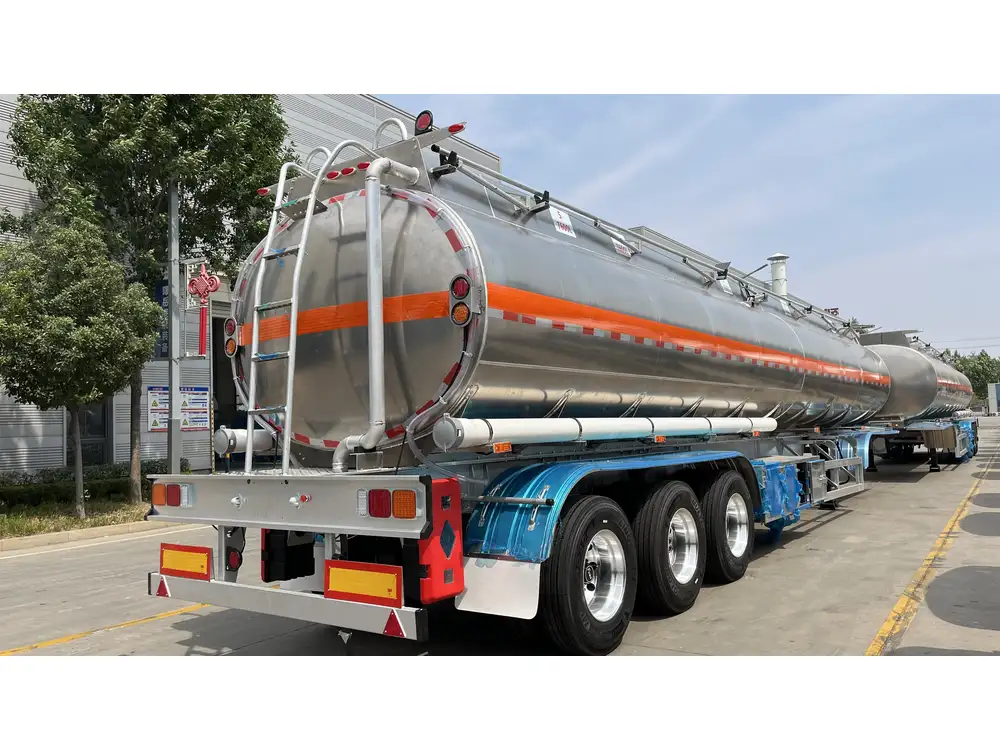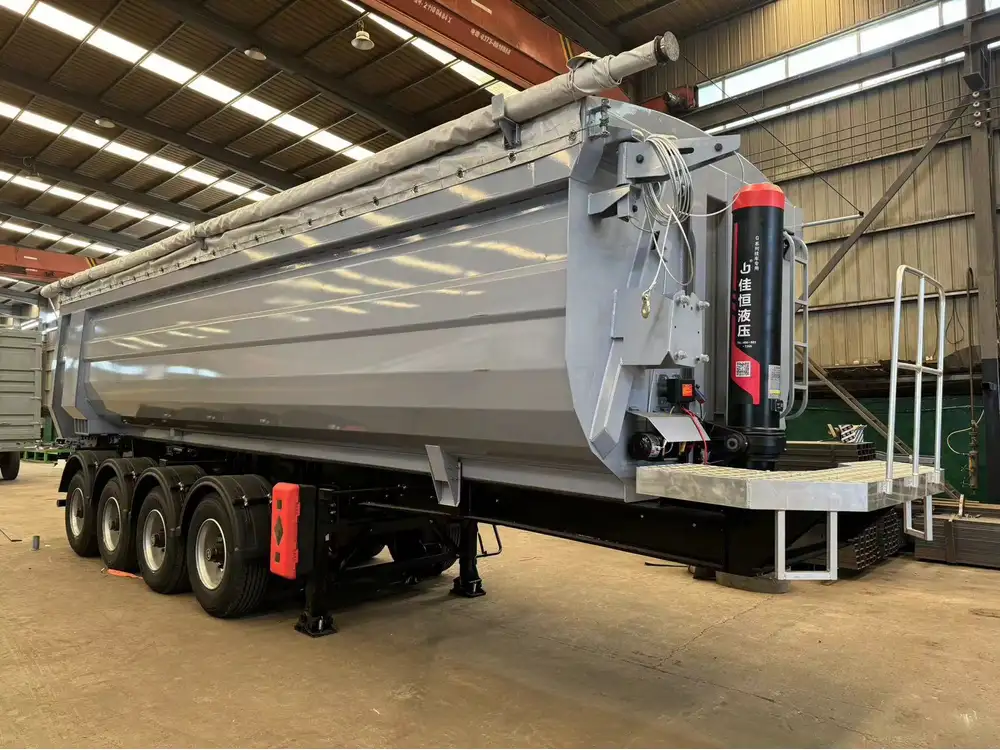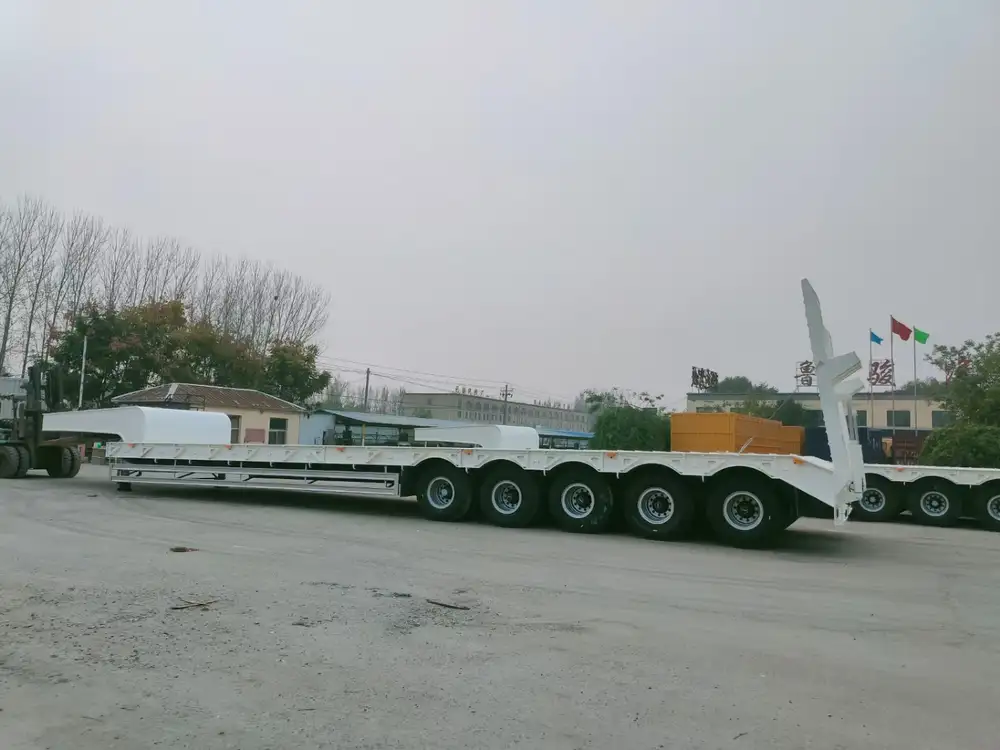Using a wheelbarrow on a dump trailer with ramps is a common scenario, especially for those in construction, landscaping, or agriculture. In this article, we will explore the practical implications, safety considerations, and operational tips for efficiently utilizing a wheelbarrow on a dump trailer.
Understanding the Basics of Dump Trailers and Wheelbarrows
What is a Dump Trailer?
A dump trailer is a specialized trailer designed to carry a heavy load and dispose of it by tilting the trailer bed. These trailers come in various sizes and can handle different weights, making them a versatile tool for moving materials such as dirt, gravel, sand, and debris.

What is a Wheelbarrow?
A wheelbarrow is a lightweight cart with a single wheel at the front and two handles at the back, designed to transport small loads of materials. They are invaluable for tasks that require manual labor, particularly in construction and gardening.
Why Use Ramps?
Ramps are often necessary for loading and unloading heavy equipment or materials. When using a dump trailer, ramps facilitate this process, enabling smooth and controlled access to the trailer bed.
Evaluating Practicality: Can You Wheelbarrow Up Ramps?
This question invites various responses based on the configuration of the trailer, the design of the wheelbarrow, and the weight of the load being transported.

Load Weight Considerations
Weight Limit of the Wheelbarrow: Most standard wheelbarrows can carry between 200 to 500 pounds. It’s critical to assess the weight of the materials being wheeled up the ramp.
Ramp Capacity: Ramps also have weight limits, usually dictated by their material, length, and design. Inspect the ramp specifications to ensure it can support the weight of the wheelbarrow and its contents.
Ramp Design and Specifications
Ramp Length: Longer ramps provide a gentler incline, making it easier and safer for a wheelbarrow to ascend. A steeper incline can make it challenging to control the wheelbarrow.
Ramp Material: The material greatly impacts friction. For instance, wooden ramps might provide more grip compared to metal ones, reducing the risk of slipping.
Width of the Ramp: Wider ramps can accommodate a wheelbarrow comfortably without the risk of tipping over, whereas narrow ramps may increase the risk of accidents.
Wheelbarrow Design Variability
Single-Wheel vs. Double-Wheel: Single-wheel wheelbarrows are generally more maneuverable but can be harder to balance on a ramp. Conversely, double-wheel models might offer more stability, making them well-suited for uphill transport.
Wheel Size and Tread: Larger wheels with a robust tread are preferable for navigating ramps, particularly if the surface is uneven.

Safety First: Guidelines for Wheeling Up Ramps
Keep the Load Balanced: Always ensure that the load is evenly distributed. An unbalanced load can tip the wheelbarrow or cause it to control poorly on the incline.
Use Proper Techniques: Lean forward when pushing the wheelbarrow uphill to maintain control and balance. Keep your hands firmly on the handles and ensure your feet are securely planted.
Employ Spotters if Necessary: If the load is bulky or visibility is hampered, having a spotter to guide you can be beneficial.
Assess Ground Conditions: Wet, muddy, or uneven surfaces can dramatically affect maneuverability. Be vigilant about existing conditions before attempting to wheel up.
Wear Protective Gear: Always use appropriate personal protective equipment (PPE), including gloves and steel-toed boots, to minimize the risk of injury.
Troubleshooting Common Issues
There may be challenges when utilizing a wheelbarrow on ramps. Below are common issues with solutions:
| Issue | Potential Cause | Suggested Solution |
|---|---|---|
| Wheelbarrow Tips Over | Unbalanced Load | Adjust the load for better balance |
| Difficulty in Pushing | Steep Ramp Angle | Use longer ramps for a gentler incline |
| Wheelbarrow Slips or Slides | Insufficient Ramp Grip | Introduce non-slip material or texture |
| Straining Back | Improper Lifting Technique | Lean into the push, and use legs effectively |
Best Practices for Efficient Use
To optimize the use of a wheelbarrow on a dump trailer:

Proper Loading Techniques
Load Gradually: If possible, load the wheelbarrow in sections, particularly if dealing with lighter items that are cumbersome when aggregated.
Distribute Weight Wisely: Heavier items should be placed at the bottom and towards the front for better stability.
Regular Maintenance Checks
Inspect Ramps Regularly: Always check ramps for wear and tear or loose fittings before use. Any flaws can compromise safety.
Wheelbarrow Care: Regularly maintain the wheelbarrow, ensuring the wheel is properly inflated, handles are secure, and there are no rust or structural issues.
Planning and Preparation
Evaluate the Worksite: Before beginning, assess the terrain where the trailer will be loaded and unloaded. Clearing away debris can prevent accidents.
Plan Your Path: Establish a clear, unobstructed path to navigate easily without needing to lift or reposition too often.

Alternative Methods
While using a wheelbarrow on a dump trailer can be effective, other methods may better suit particular tasks:
Using a Forklift
For larger volumes or heavier materials, employing a forklift or similar machinery helps elevate heavier loads onto the trailer with increased safety.
Utilizing a Conveyor System
In more industrial applications, conveyors can transport materials to or from the trailer without overwhelming manual labor.

Leveraging a Dolly
For smaller loads, a dolly can offer ease and stability compared to a wheelbarrow, particularly when maneuvering up ramps.
Conclusion
Navigating the task of wheeling a wheelbarrow up ramps on a dump trailer is practically feasible, contingent upon attention to crucial factors such as weight, balance, and safety protocols. By understanding the types of ramps and wheelbarrows, implementing best practices, and considering alternative methods, efficiency and safety can be maximized.
Whether you’re a contractor, landscaper, or DIY enthusiast, mastering this skill ensures that you can handle material transport with confidence and precision. Always remember: preparation and knowledge are key to overcoming any challenge in logistics.



